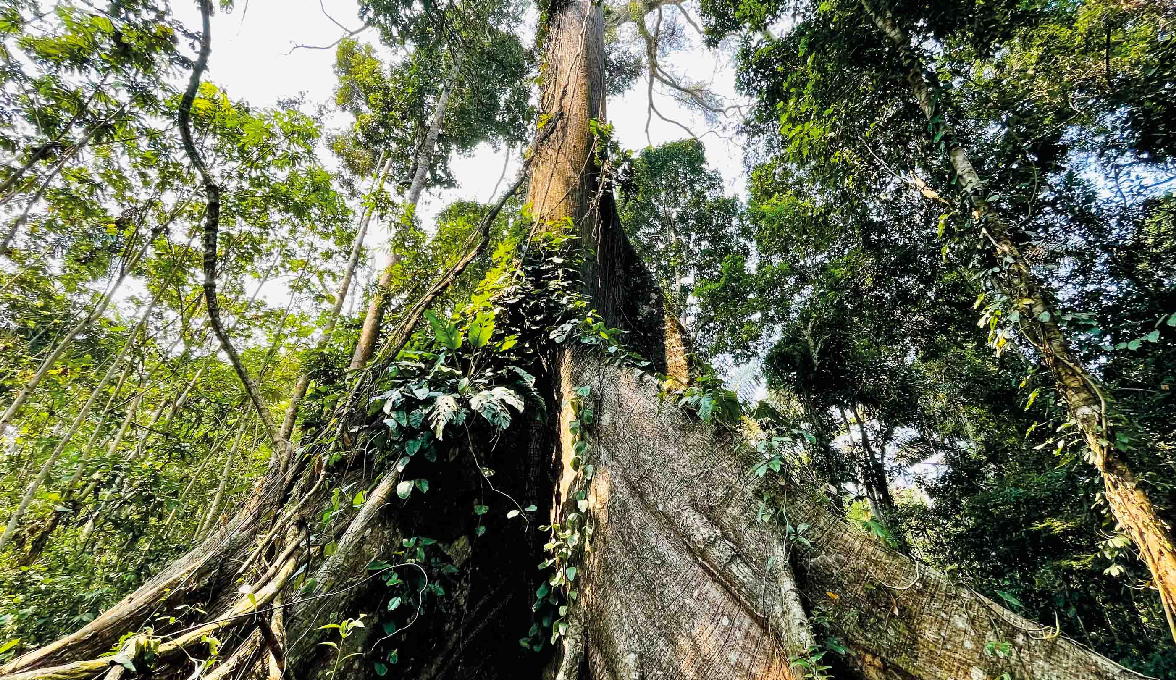Forests in Canada


| Continent | North America |
| Country | Canada |
| Costs per square metre | 1.43 € |
| GPS Data of planting site | 50.508772, -124.208199 |
| Conservation Partner | Wilderness International |
The temperate rainforests of Canada’s West Coast are a true jewel of nature. These ancient forests are home to ancient tree giants, up to 2000 years old and 100m high. Wild Grizzlies and howling wolves roam along crystal-clear rivers. It also stores large amounts of carbon and is essential for a healthy climate on our earth.
Wilderness International buys these wilderness areas legally secure with land title and protects them for all future as undisturbed unique ecosystems, and only visit them for research and education projects. The purchases are refinanced by donations, which also cover costs for long-term protection.
The protected areas are located in the Toba Valley, 160 km north of Vancouver City and 100 km east of Campbell River, as well as on Porcher Island, 40km south of Prince Rupert and close to the Alaskan border. Numerous scientific institutions support our research projects on CO2-absorption and biodiversity in the coastal rainforests.






